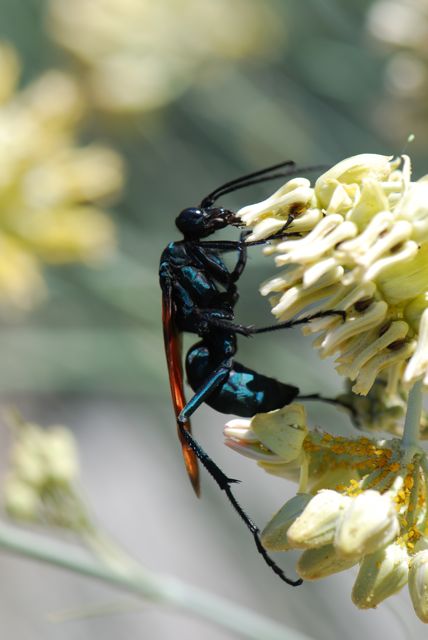Our mystery seeds from last week came from the ironwood tree, Olneya tesota.
This unique tree gets its common name from the extreme hardness of its wood. Because there are a number of other trees with the same common name, it is sometimes called desert ironwood.
Desert ironwood is a small, shrubby tree found throughout the Sonoran Desert. The lower branches droop, giving a lovely form in its natural state.
The bark of the younger trunks and branches are pale gray to green at the tips.
It is a legume, having compound leaves of narrow, elliptical leaflets.
As with many desert plants, it is well armed, with many pairs of curved spines.
Desert ironwoods produce many lovely purplish-pink flowers in the spring. See Firefly Forest for a photograph of ironwood flowers.
The seed pods mature on the plant and then fall off.
The clue I mentioned that you might have noticed in the the mystery seed photograph last week was a drying leaf toward the bottom of the shot.
You can grow new trees from these seeds, but people often chose to purchase larger trees because desert ironwoods are very slow growing.
If you travel through the low desert you will often see dead ironwood trees. That is because the wood contains strong chemicals that prevent decay after the tree has died and the wood remains in place, sometimes for hundreds of years.
For more detail, see Natural History of the Desert Ironwood Tree (Olneya tesota) from the Arizona-Sonora Desert Museum.


















